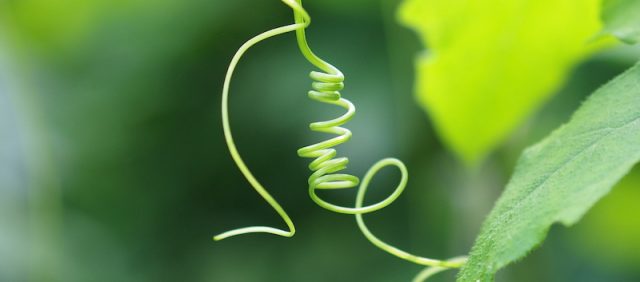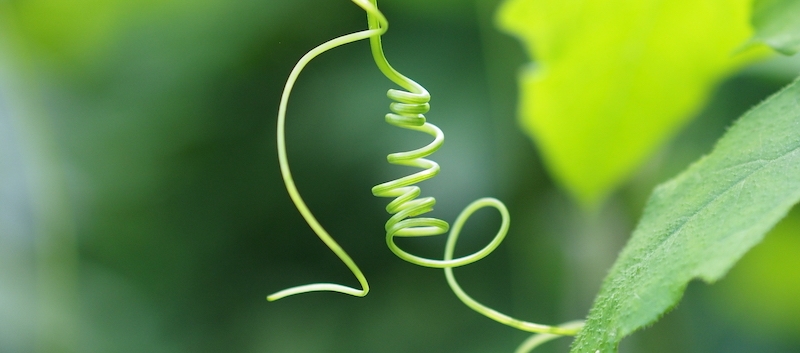Spirals – Tai Chi Aspects Video
Natural movement
In nature, you may discover spirals everywhere. The same discovery may be made inside our own bodies – which, after all, form also part of nature. While our bones seem more or less either straight or curved, our muscles are almost wrapped around them: they form spirals.
When you feel secure with the movements of the form, we may make a first contact with these spirals in our muscles. As it is the muscles that drive our movement, it seems logical to take their structure into account while preparing the movement as well as while realising it.
Preparing, we spiral down to the ground, in action, we spiral up again. Seen from outside that means we start each movement of the form with a little rotation into the opposite direction and then complete the movement with a little rotation in the direction of the posture.
Spirals – Practical hints

Take your time while you experiment with this aspect. Try to feel the difference between “stiff” bone structure and “dynamic” muscle structure.
Additional information: Spirals are internal (“invisible”), while the rotation is external (visible). Therefore, the down and up of the spirals does not mean pushing your whole body up, but rather means a release (spiral down) and tightening (spiral up) in the leg muscles especially. If you take a closer look at the video, you will see that the hips stay at the same height all the time.
Are you not feeling any progress? Take some time for a walk in the park or in the woods, breath and watch out for your spirals. – Body and mind take their time to realise newly built connections. Just try again later with a fresh mind.
Profile: Tai Chi Aspect – Spirals
- Difficulty: medium
- Goal: improved agility
- Method: learning to differentiate bone structure and muscle structure in movement
- Element: Wood
- Related Tai Chi Aspects: coming soon
- Always move “just enough” (passive stepping)
 …not easy to practice, as our natural fear and caution, and sometimes our egos…
…not easy to practice, as our natural fear and caution, and sometimes our egos… - Tai Chi stepping 9/10 – Always leave the line of attack
 The full leg provides the axis (and center point) for a circular movement
The full leg provides the axis (and center point) for a circular movement - Tai Chi stepping 8/10 – Match your steps
 Match your steps / Watch your timing
Match your steps / Watch your timing - Tai Chi stepping 7/10
 Choose your direction freely! (Active stepping)
Choose your direction freely! (Active stepping) - Tai Chi stepping 6/10
 Long steps mean lower stance
Long steps mean lower stance - Tai Chi stepping 5/10 – Watch your back
 Watching your back is always important-
Watching your back is always important- - Tai Chi stepping Rule 4 – Keep connected to the ground
 Grounding gives our movements stability.
Grounding gives our movements stability. - Tai Chi stepping rule 3
 Choose small steps and a narrow stance to switch your body weight!
Choose small steps and a narrow stance to switch your body weight! - Tai Chi stepping rule 2
 Step without stepping! So what does this mean in practice?
Step without stepping! So what does this mean in practice?














